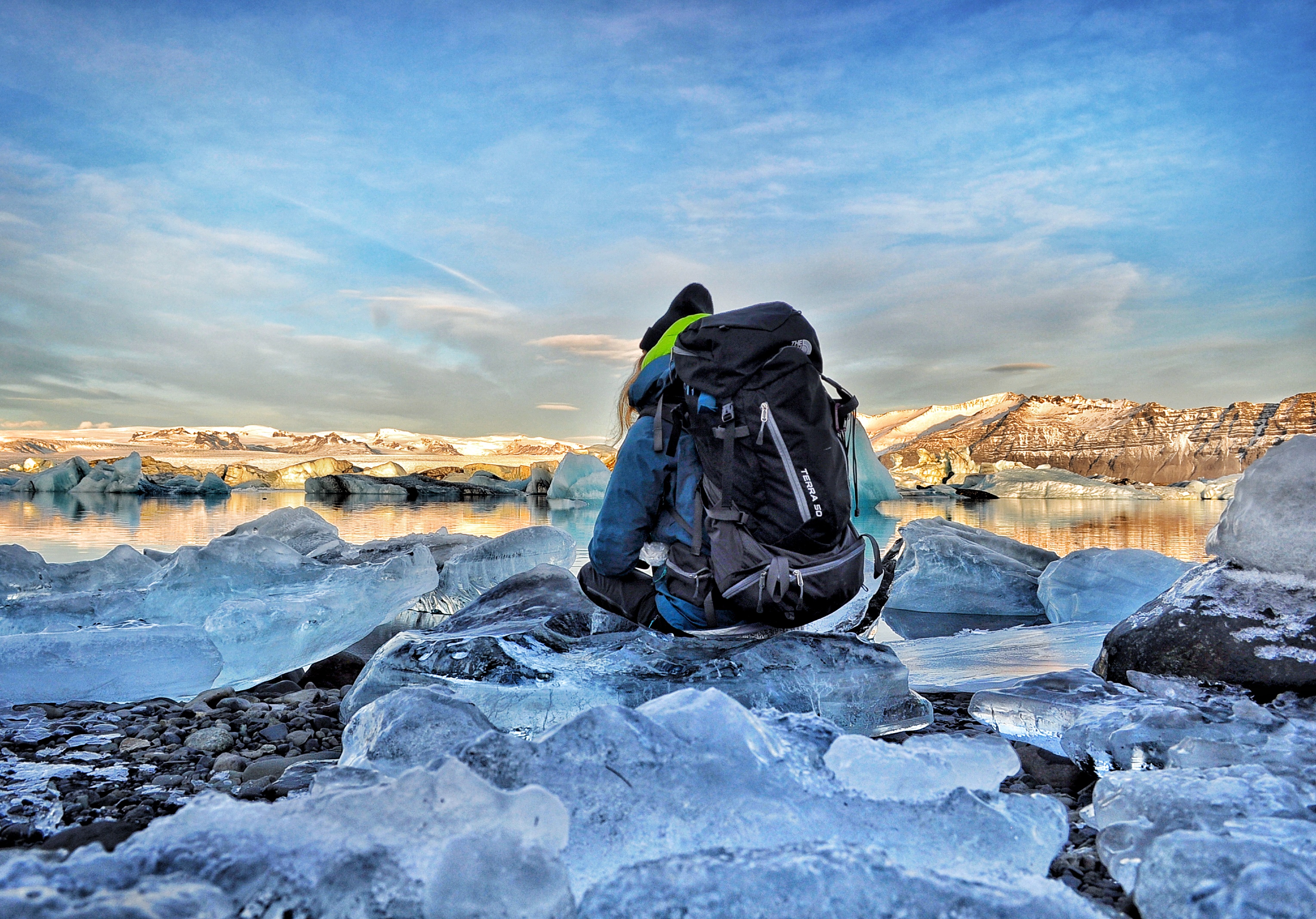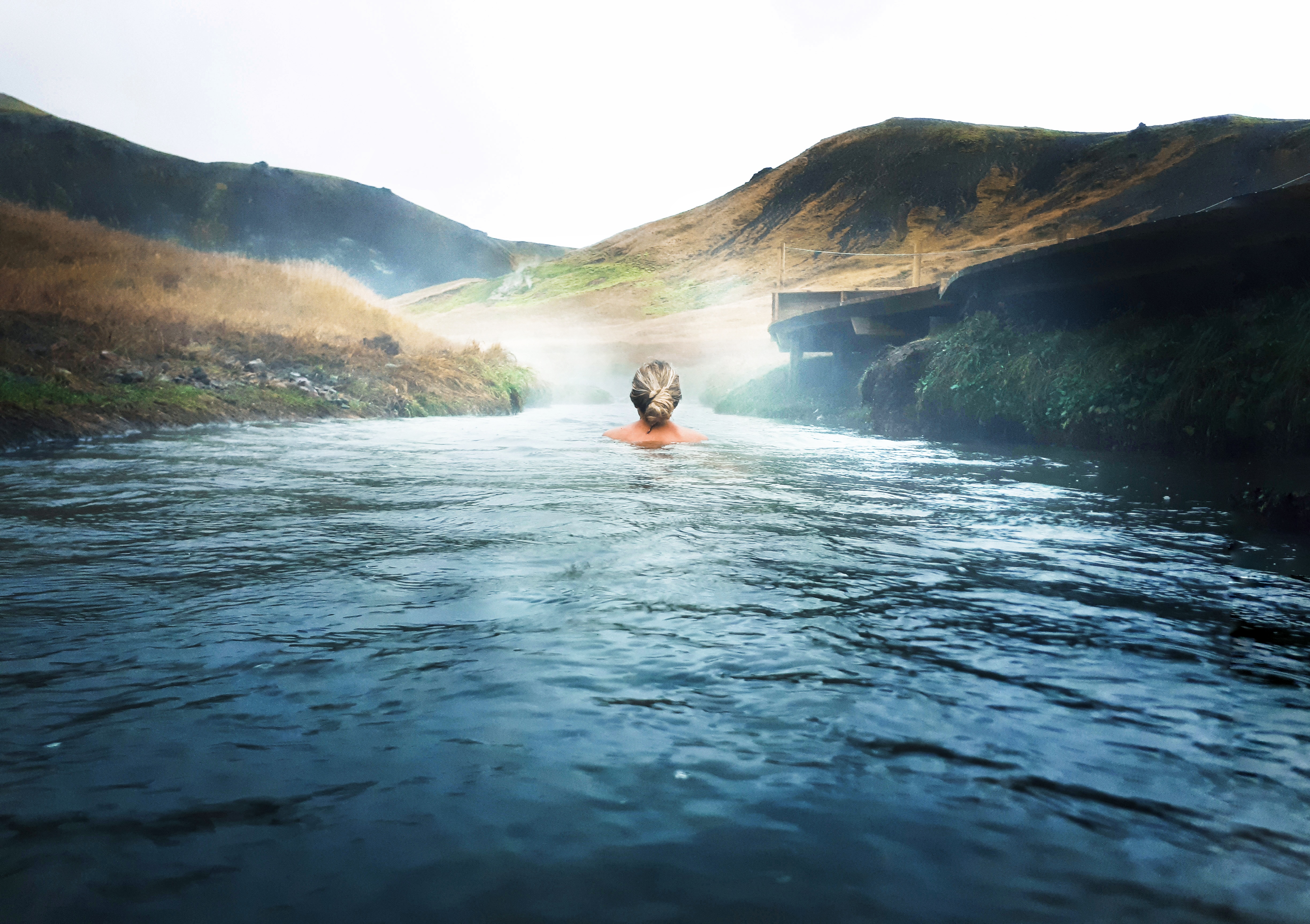Every once in a while I feel a country inside my heart calling me and telling me that is time to leave everything and prepare the luggages!
The exact same thing happened with Iceland but… there was a huge “but”. What about the money? How can I afford to live and visiting it without much money?
The answer just arrived while I was looking for a new experience to enrich my resume: Volunteering!
I found an environmental volunteer project of a no profit organization called WorldWide Friends (WF). I spent there about 4 months working as Camp Leader in many work camps all over the island. It was a great experience and, as we were hosting short-term volunteers from all over the world every 10 days – 2 weeks, it was like doing an exchange cultural program every time.

The organisation provided us food and accommodation so we just needed the money to buy our own whims, like chocolate, chips and beers (especially)!
To give you an idea of how much Iceland is expensive, I could say that the cheapest price for a canned beer in a liquor store is almost 2 euros and the average price I would say is 5 euros. In my country, Italy, the cheapest canned beer is 70 cents. That’s just nothing in comparison!
So let’s talk about my job and my free time!
During the week I was supposed to work from monday to friday, and in the week-end I was free to go with the short-term volunteers’ group to some excursions as escort. That was the best part! 🙂

The kind of tours that we did were organised by a travel agency called Nice Travel. For this reason the excursions were pretty touristic and not so adventurous. Fortunately, as I had 5 days off to use during my entire staying, I had the chance to visit a friend of mine in the heart of the Vatnajökull Region – close to the Glacier Lagoon – where she was working. I went there hitchhiking from Hveragerði, which is located in the south-west of Iceland, to Höfn more or less, in the south-east.
Hitchhiking in Iceland is a very smart way to save a lot of money and I would say is pretty safe too. I had never done it before because I had always found it very risky but… I don’t know. In Iceland everything was just different to me and I felt it safe. By saying this I don’t want you to stop taking any precautions. It’s always something dangerous. But I met so many locals doing that and it was worth it! Indeed, Icelanders are so kind, sweet and extroverted. They love to talk (a lot!!!!) and they are very proud of the beauty of their country. One day while I was at the swimming pool in a 40 degrees hot-pot an Icelandic man started a conversion with me. After few minutes I felt like dying because of the heat. I wanted to go out to feel the coldness but I couldn’t because this man seemed so happy to talk about his country with a foreign girl and I didn’t want to look rude!
So at the end, when I was almost cooked like a potato I apologised and told him that I couldn’t stand the heat anymore and that I had to get out of there! 😀 So…make sure to start a conversation in a comfortable place with them! 😀 Icelanders are amazing, you are going to love them.

So let’s go back to the main topic. To sum up, if you want to volunteer with WorldWide Friends you can do it in two ways:
_being a short-term volunteer
_or being a Camp Leader as I did
To be a volunteer you can just apply contacting your local organization via The Alliance of European Voluntary Service Organizations . You will have to pay the participation fee of the local organisation and of WF.
The reasons why WF Iceland charges a participation fee are:
- Lack of support from the government and other sources
- WF covers both food and accomodation costs and supplying food is quite expensive in Iceland compared to other European countries
The work camps provided by WF are available online and you can check them in the section “Work Camps in Iceland” clicking here.
There are no maximum age limits in the majority of the work camps. In general, volunteers should be at least 18 years old but there are teenage camps during the summertime if you are very young.
Work camps typically last 10 to 14 days as I’ve already written before. Working hours are usually about 20-35 hours a week (five to seven hours a day, five days a week). Any exception will be noted in the project descriptions that you can find on the WF’s website.

On the other hand if you are interested in being a Camp leader you must assure at least 3 months of availability to the organisation. I applied by Aiesec and I had to go through some interviews. I don’t think there are more ways to be “hired” by WF but I remember there were one or two Camp Leaders that went there through Erasmus Plus. So maybe you can try both ways.
There are always one or more leaders for each camp, depending on the size of the group. Leaders represent the link between the hosting community and the group of volunteers. They coordinate the work and organize free time activities. In addiction they plan excursions and shopping, cleaning and cooking sessions. Apart from these additional responsibilities, Camp Leaders have to be equal to the other volunteers and very open-minded.
Moreover every 2 or 3 weeks Camps Leaders can be sent in different work camps in order to have the chance to visit more towns and areas of Iceland.
In fact, I lived in Reykjavik, in a small town called Eskifjörður in the east fjords and in Hveragerði, close to the Hot River (here you can check out my article about it).
There are different projects you can apply to as camp leader. I applied for the “On The Move” project. So I was supposed to change work camps more frequently than the others if needed.
In general what will you need?
- If you are a short-term volunteer: a little money to afford to buy an excursion or to rent a car to visit the most famous places of the country (the excursions organized by Nice Travel come with a big discount for the volunteers)
- If you are a Camp Leader: a little money to afford to buy extra activities and food if you want to travel by yourself during the days off
And last but not least: basic work clothes, hiking boots, swimming suit, as well as warm and waterproof clothes. Volunteers are also encouraged by WF to bring information about their country such as photos, music, songbooks, games, or musical instruments in order to be able to introduce their origins to their mates.
To finish do not forget the sleeping bag which is going to be your spartan duvet and it will make everything feel more adventurous! 🙂
I leave you with this picture of me trying to sleep in the summertime taken, without permission, from a colleague! 😀

If you have any question feel free to leave a comment below! I will do my best to help you with more info 🙂
Un bacio!

















